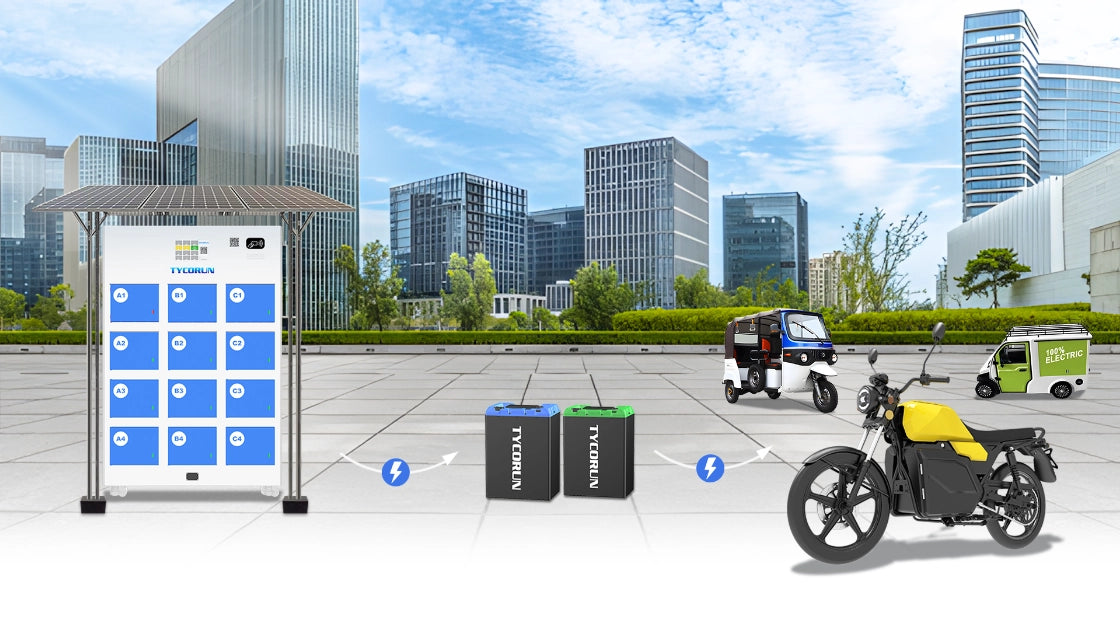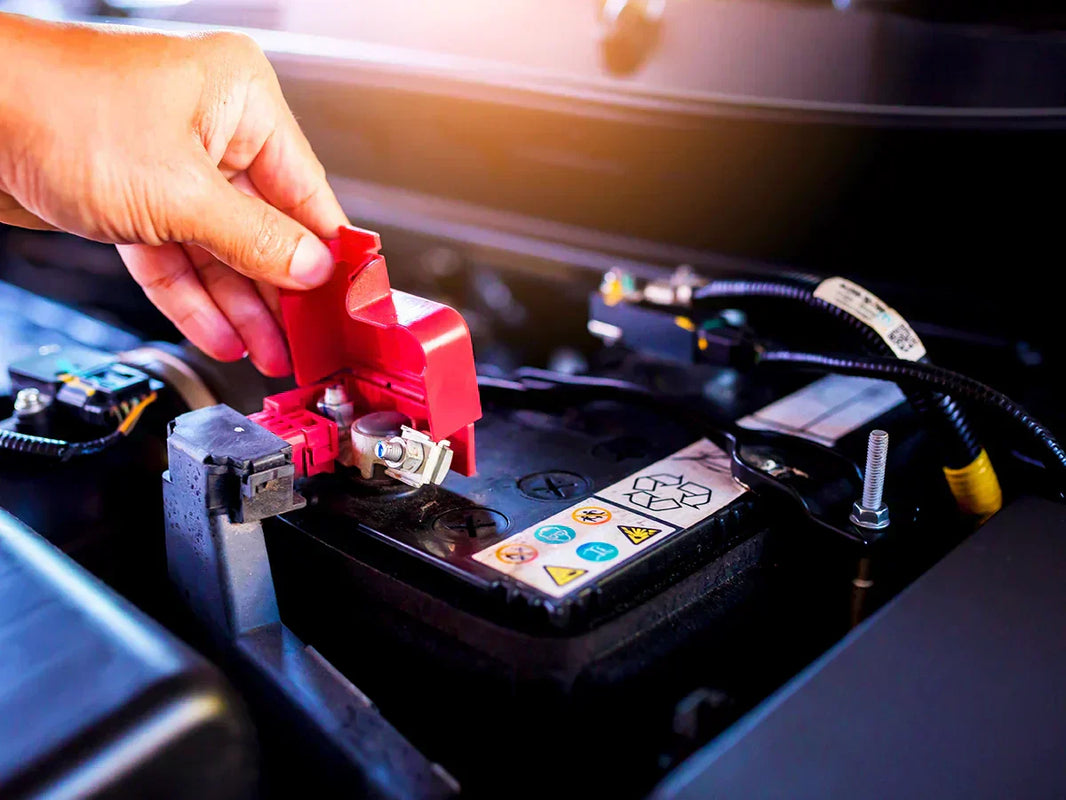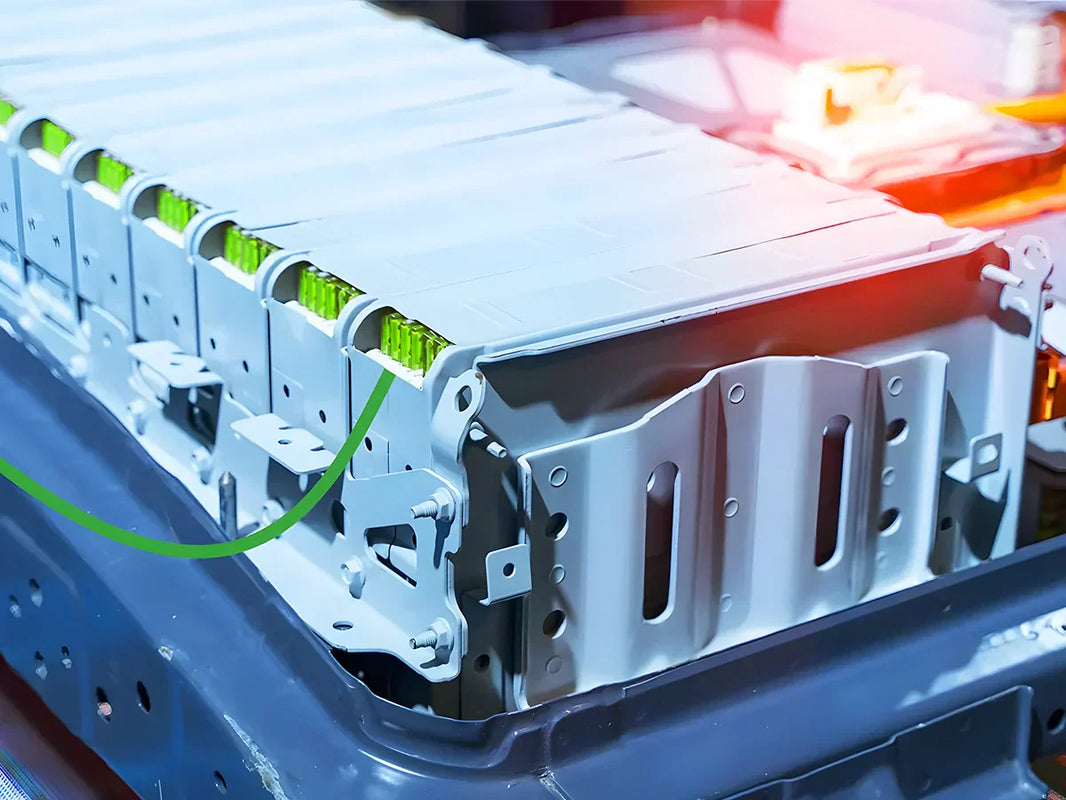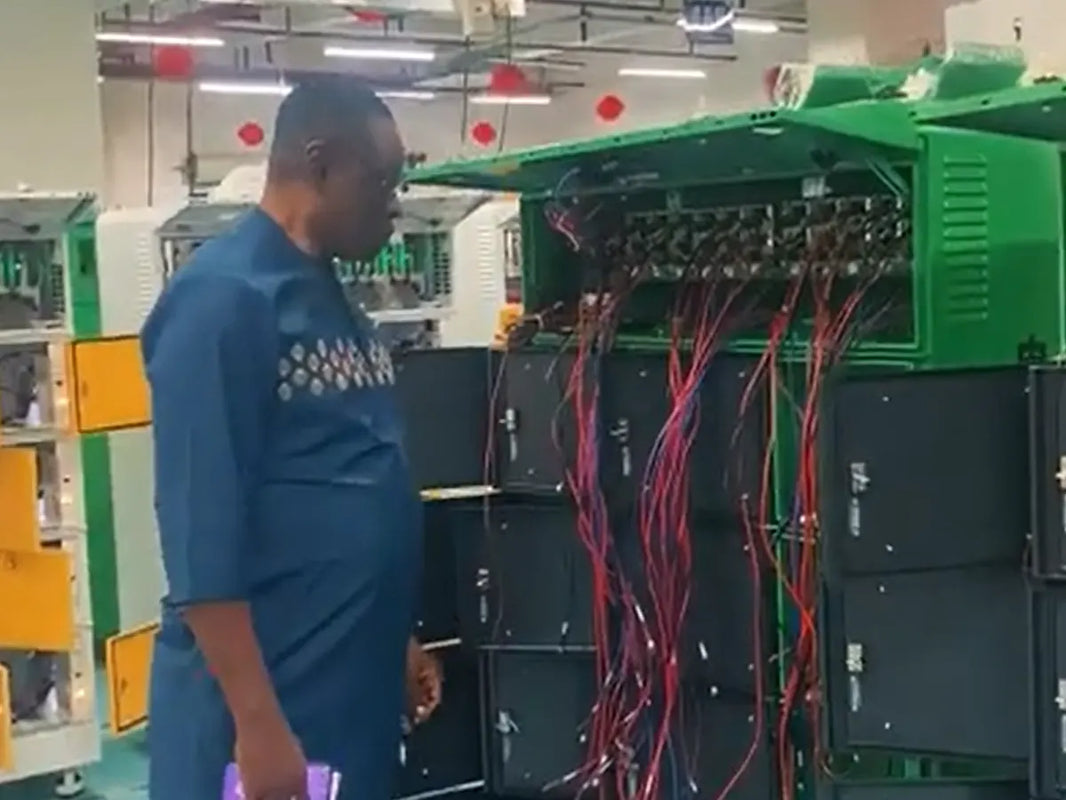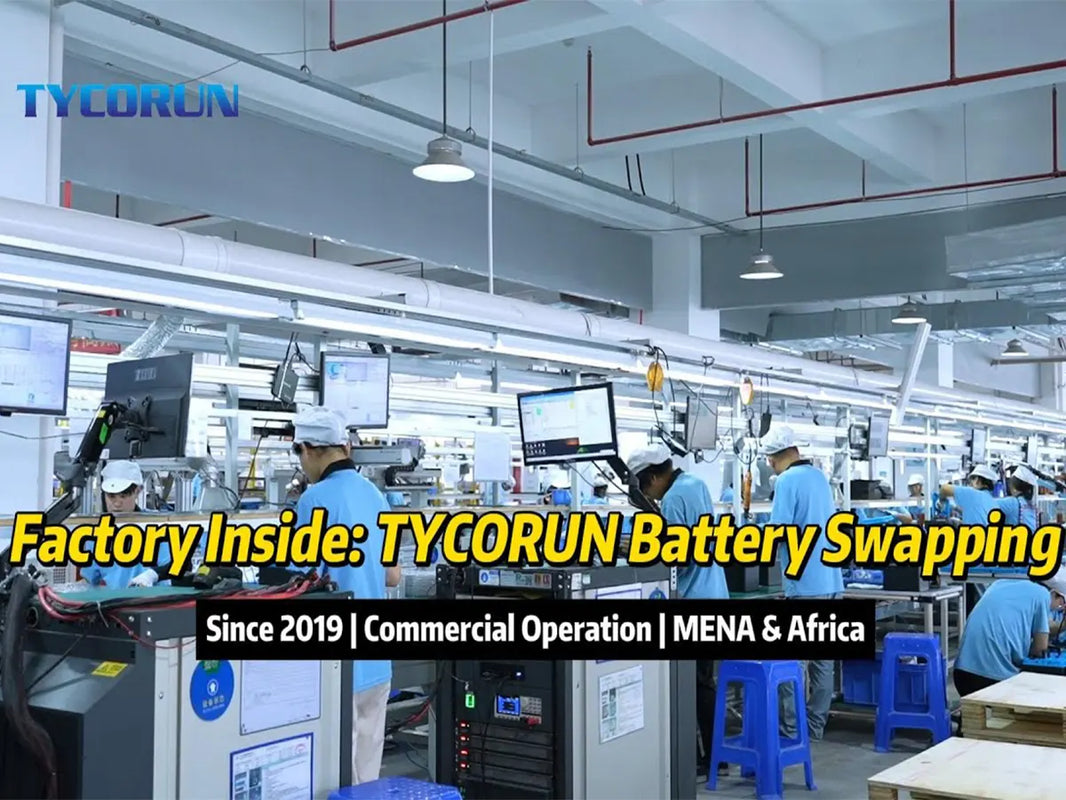
Main content:
High temperatures can have a significant impact on the performance and lifespan of electric vehicle batteries. While modern EVs use thermal battery management systems to maintain stable operating conditions, prolonged exposure to extreme heat can still accelerate battery aging and battery capacity loss. Many drivers often ask, can heat drain a car battery? The answer is yes—especially over time, if not properly maintained.
How Much Heat Can EV Batteries Withstand?

We all know that during summer heat waves, the interior temperature of a car can often reach 50-60°C, while batteries are generally designed for an operating temperature range of -20-60°C. To ensure battery safety, automakers utilize intelligent temperature control systems (such as liquid cooling) to ensure stable battery packs. Surface temperatures generated by exposure to the sun generally do not directly lead to thermal runaway.
Furthermore, battery materials are engineered to withstand high temperatures, so high temperatures from exposure generally do not cause spontaneous combustion. However, after years of use, new energy vehicle batteries must be replaced, as there is a certain chance of spontaneous combustion. Authoritative data shows that spontaneous combustion in new energy vehicles is most often caused by severe collisions, aging batteries, or wiring, rather than simply exposure to the sun.
While summer heat doesn't directly harm new energy vehicles, prolonged exposure to the sun can damage the battery, components, and transformers. Even a short circuit in a single cell within the battery compartment can affect the entire battery pack, as Tesla cars demonstrate.
The battery is arguably the most important factor affecting vehicle performance, yet it's also the component that causes the most problems. Some car owners, in particular, frequently complain that the car battery life, even after several years of use, is decreasing year by year. To this extent, some owners are reluctant to use air conditioning too much in the summer. Battery life, already a major concern, is further diminished by the use of air conditioning.
Can Heat Drain a Car Battery?
Yes, heat can drain a car battery. High temperatures accelerate the aging of the cathode, anode, and electrolyte, causing side reactions, increased resistance, and capacity loss. Over time, this leads to faster battery degradation and reduced driving range, making thermal control essential for EVs.
Why Battery Capacity Declines Quickly Under High Temperatures
Impact on Cathode Materials

For cathode systems, the high-temperature performance order is lithium iron phosphate > lithium cobalt oxide > medium-low nickel ternary metal > high nickel ternary metal ≈ lithium manganese oxide. This demonstrates that cathodes with more stable crystal structures exhibit better high-temperature performance. Taking high nickel ternary materials as an example, storage failure under high temperature conditions is mainly related to the following factors:
- After storage, byproducts accumulate on the surface of high nickel ternary materials, and the rock salt phase on the surface of the material increases, resulting in increased battery impedance.
- The dissolved transition metal elements are deposited on the negative electrode graphite, destroying the SEI on the negative electrode surface, thereby accelerating the consumption of active lithium. Effective surface coating or bulk doping of the material is the key to improving the high temperature storage performance of high nickel ternary materials. From the position of the XRD peaks before and after storage in Figure a, it can be seen that the bulk structure does not change significantly before and after storage, but the surface roughness of the material changes significantly after storage, which proves that the side reactions on the surface of the material increase after high temperature (Figure cd is before storage, ef is after storage).
After characterization using high-resolution transmission electron microscopy, it was found that the thickness of the non-electrochemically active rock salt phase on the surface of the positive electrode material increased after storage, and spinel phase appeared in the local range within the grains, which can lead to the attenuation of the reversible capacity of the high nickel ternary material. XPS analysis of the F element on the cathode surface revealed the presence of electrolyte side reaction products such as LixPOyFz and LiF on the surface.
This indicates that even after a simple electrochemical process, LiPF6 in the electrolyte can decompose, resulting in the deposition of side reaction products on the cathode material surface. However, the F element is primarily present in PVDF, indicating a low level of electrolyte side reaction.
After high-temperature storage, the proportion of binder PVDF detected decreased, while the proportions of byproducts such as LixPOyFz, LixPFy, and LiF increased. This is because electrolyte side reactions continue to occur during high-temperature storage, leading to a gradual increase in the amount of byproducts deposited on the cathode material surface.
This indicates that the deposition of side reaction products on the cathode surface increases during storage. Electrolyte side reaction products have poor ionic or electronic conductivity. Extensive accumulation can reduce the battery's electrical conductivity, increase internal impedance, and impair storage performance.
Therefore, to improve the high-temperature storage performance of high-nickel ternary material batteries, surface coating treatments (such as solid electrolytes) can be used to reduce side reactions at the electrode/electrolyte interface, stabilize the material's surface structure, and inhibit the dissolution of transition metal elements.
This reduces the deposition and reduction of transition metals at the anode, damage to the SEI, and reduces the consumption of active lithium ions at the cathode during SEI repair. Alternatively, doping can be used to stabilize the layered structure of high-nickel cathode materials, inhibiting the transition to spinel and rock salt phases during storage to a certain extent, thereby reducing the formation of inactive components during storage.
Impact on Anode Materials

High temperatures primarily damage the SEI film under high temperatures. This includes corrosion of the SEI by transition metals, HF generation at high temperatures, and poor film formation due to electrolyte issues. High temperatures can lead to SEI fragmentation and formation, consuming active lithium ions and increasing impedance. Damage to the anode material itself is relatively less significant. This highlights the importance of anode film formation.
Of course, this doesn't mean the anode material itself is unimportant. For example, graphite generally exhibits better high-temperature performance than silicon oxide. This is partly due to the generation of gassing reactions on the surface of pre-lithiated silicon oxide with high initial efficiency.
Furthermore, even for standard or pre-magnesium-treated silicon oxide, the inherent electronic surface properties of graphite and silicon oxide electrodes differ significantly due to their different chemical compositions, significantly altering the thermal stability of the original anode.
The work function of the graphite edge plane is lower than that of silicon oxide electrodes, which are primarily composed of silicon oxide. This higher work function hinders charge transfer to the electrolyte during the initial formation phase. Changes in the SEI composition increase its solubility in the solvent for SiO.
Compared to graphite, the increased solubility of the SEI film on silicon oxide leads to increased self-discharge at high temperatures, which is the primary reason why silicon oxide anodes have inferior high-temperature performance to graphite.
Therefore, adjusting the surface work function of silicon-based electrodes or the LUMO energy level of electrolyte additives is crucial for improving the high-temperature performance of silicon oxide. SEM images of the graphite electrode show no significant surface degradation after storage. The SEI film of the silicon oxide electrode partially dissolves after high-temperature storage.
Impact on Electrolytes
Regarding the electrolyte, we can briefly discuss the following aspects: solvents, lithium salts, additives, interfacial side reactions, and electrolyte drying.
Solvents
Some low-boiling-point, low-viscosity solvents experience increased internal vapor pressure during storage and cycling under high-temperature conditions, leading to gas generation. This gas generation, in turn, deteriorates the cell interface. For example, DMC and carboxylate-based solvents, while offering excellent kinetic properties, should be used with caution in high-temperature systems.
Lithium Salts
Lithium hexafluorophosphate, widely used today, has a critical drawback: poor thermal stability. At high temperatures, it releases HF, which is harmful to the battery cell. This is a key reason why FSI has replaced it. Furthermore, if the lithium salt is not of high purity, the substances released at high temperatures can also cause serious side reactions.
Additives
This is crucial because additives preferentially react with the positive and negative electrodes to form a film. The quality of the film directly affects the ability to suppress side reactions under high-temperature conditions. For maintaining high-temperature performance, S-based materials, such as PS, PST, and MMDS, are excellent additives. While the ODFB additive significantly improves high-temperature cycling, it also produces excessive gassing during high-temperature storage at a certain voltage, which can lead to degradation.
Interfacial Side Reactions & Electrolyte Drying
These two phenomena are naturally more likely to occur at high temperatures in liquid electrolyte systems, which is a key reason why solid electrolytes can improve high-temperature performance.
How to Minimize Temperature Damage to Battery Life

Avoid Extreme Temperatures
- The ideal operating temperature range for equipment is 16°C to 22°C, and avoid locations exceeding 35°C. Generally speaking, the ideal operating temperature for most batteries is between 16°C and 22°C. Temperatures exceeding 35°C may negatively impact battery performance. Therefore, when using battery devices, avoid placing them in places exceeding 35°C (104°F), such as inside a car in direct sunlight or in high-temperature outdoor environments.
- Storing or charging at high temperatures may damage the battery. Low temperatures reduce battery life, but performance may recover. Storing or charging in high-temperature environments may damage the battery. For example, leaving your phone in a hot car for an extended period on a hot summer day may accelerate battery capacity loss and even lead to risks such as overheating or explosion. Low temperatures may reduce battery life, but this battery performance degradation is usually temporary and will recover once the temperature returns to normal.
Charging Environment
- Avoid charging outdoors and using fast charging stations to prevent moisture and damage to the battery. Outdoor charging can easily cause moisture to the battery, affecting performance. Furthermore, the high current at fast charging stations may damage the battery. Therefore, to protect the battery, avoid charging in the open air and avoid frequent use of fast charging stations.
- Remove any protective cases that poorly dissipate heat while charging. Some phone cases have poor heat dissipation, which can affect the battery's heat dissipation during charging, causing the battery temperature to rise. Therefore, it's best to remove any cases with poor heat dissipation during charging to ensure proper heat dissipation.
Charging Time Management
- Extend charging time by two hours in winter. Do not charge continuously. Wait until the battery level is at least 25% before charging. In winter, due to the lower temperatures, the battery charges more slowly, so the charging time needs to be extended appropriately. Generally, charging time in winter can be extended by about two hours compared to normal times. Also, do not leave the battery charging continuously to avoid overcharging and damage. Recharging when the battery level is at least 25% can reduce the number of charge and discharge cycles and extend battery life.
- Charge electric vehicles that are not used for a long time weekly. If an electric vehicle is not used for a long time, the battery will naturally discharge. To maintain battery activity, charge the electric vehicle once a week. This prevents damage from overdischarge and prolongs the battery life.
Usage Habits
Good charging habits, proper storage, and regular inspections are essential. For drivers wondering can heat drain a car battery, prevention is always better than repair.
- Check tire pressure to avoid excessive resistance that accelerates battery drain. An electric vehicle's tire pressure significantly affects battery life. Underinflated tires increase friction with the road, accelerating battery drain. Therefore, you should regularly check your electric vehicle's tire pressure to ensure it's within the normal range. You can check the markings on the tire sidewall or use a tire pressure gauge.
- Avoid frequent braking and starting to reduce instantaneous battery charge. Frequent braking and starting can cause a sudden increase in battery charge, significantly impacting the battery. Therefore, when riding an electric vehicle, avoid frequent braking and starting and maintain a steady speed. This can reduce instantaneous battery charge and extend battery life.
- Check the brakes to ensure they do not affect battery life and ensure safety. A healthy brake system is crucial for both the battery life and safety of an electric vehicle. If the brakes are too tight, the tires will not rotate, increasing battery consumption; if they are too loose, driving safety will be affected. Therefore, you should regularly check the brake system to ensure it is properly adjusted. If you find any problems with the brakes, repair or adjust them promptly.
Conclusion
While summer heat alone may not immediately damage EV batteries, continuous exposure to high temperatures can reduce capacity and shorten battery life. Good charging habits, proper storage, and regular inspections can help minimize thermal damage. So, can heat drain a car battery? Absolutely—preventive care and smart usage are the keys to preserving performance and safety.
Related articles: lithium battery failure, charging lithium battery, car battery maintenance

